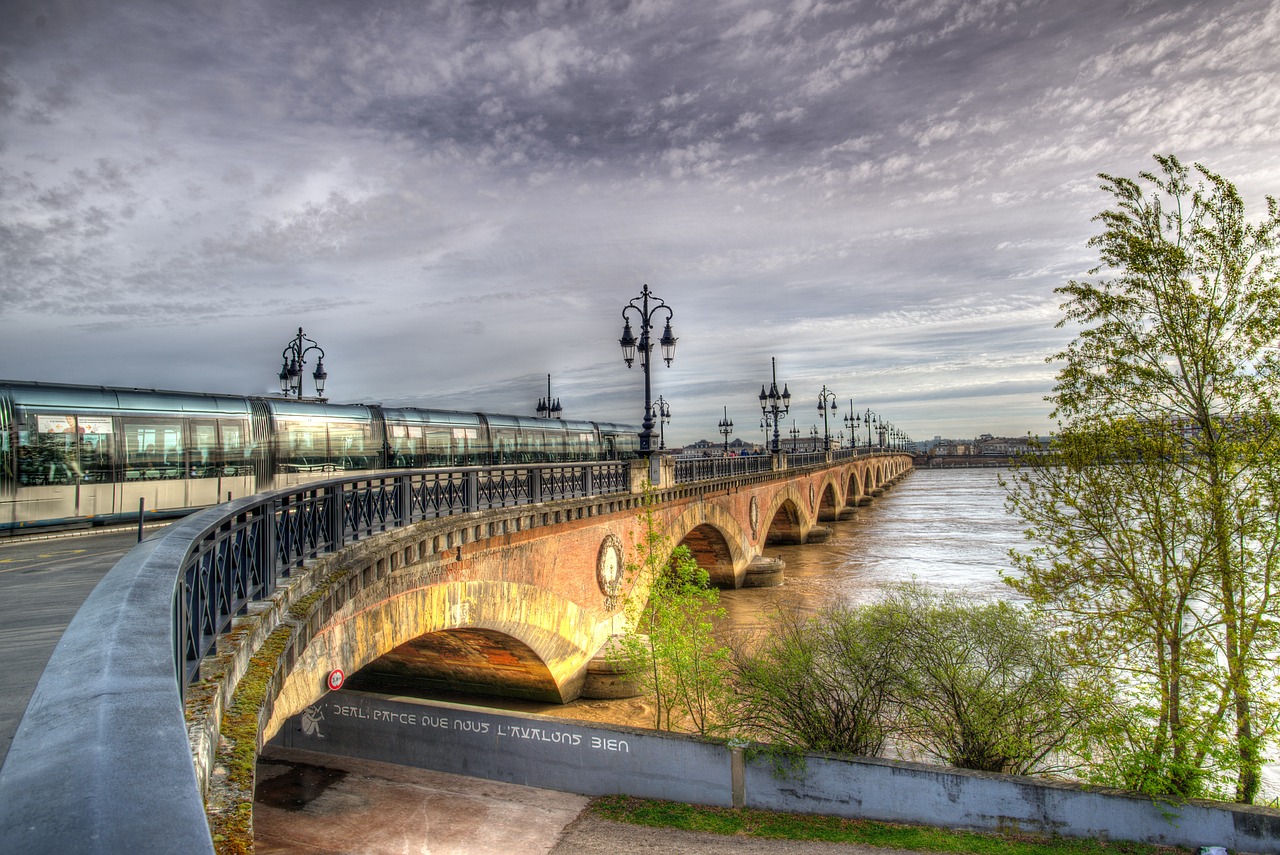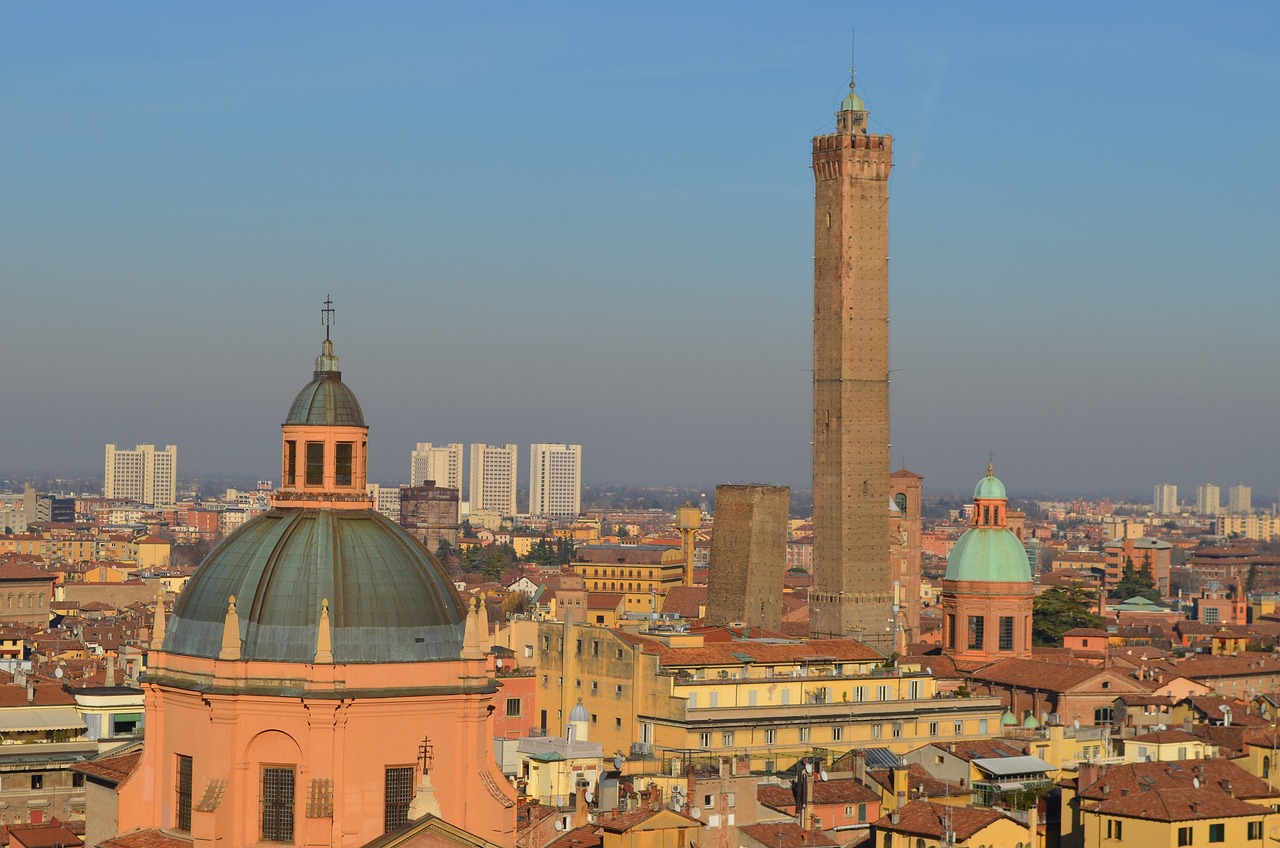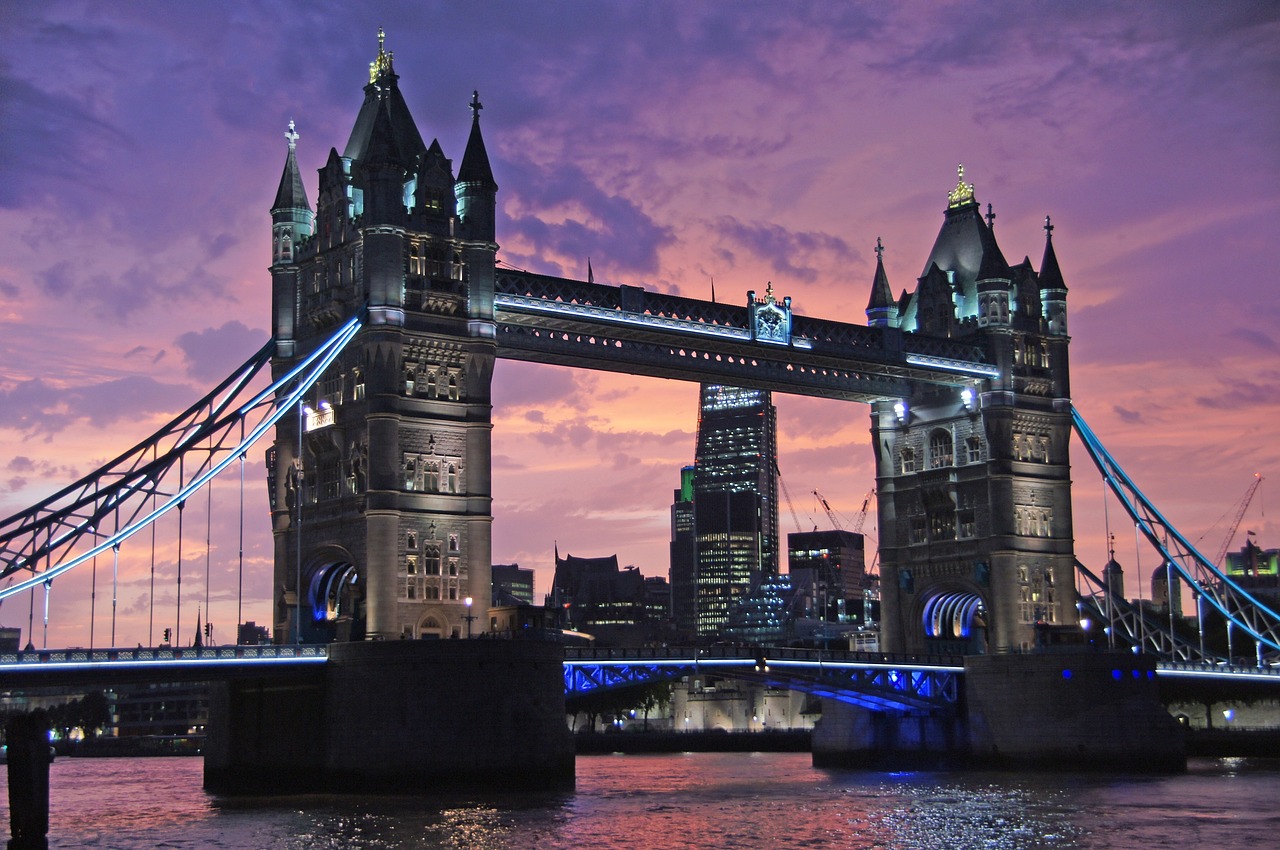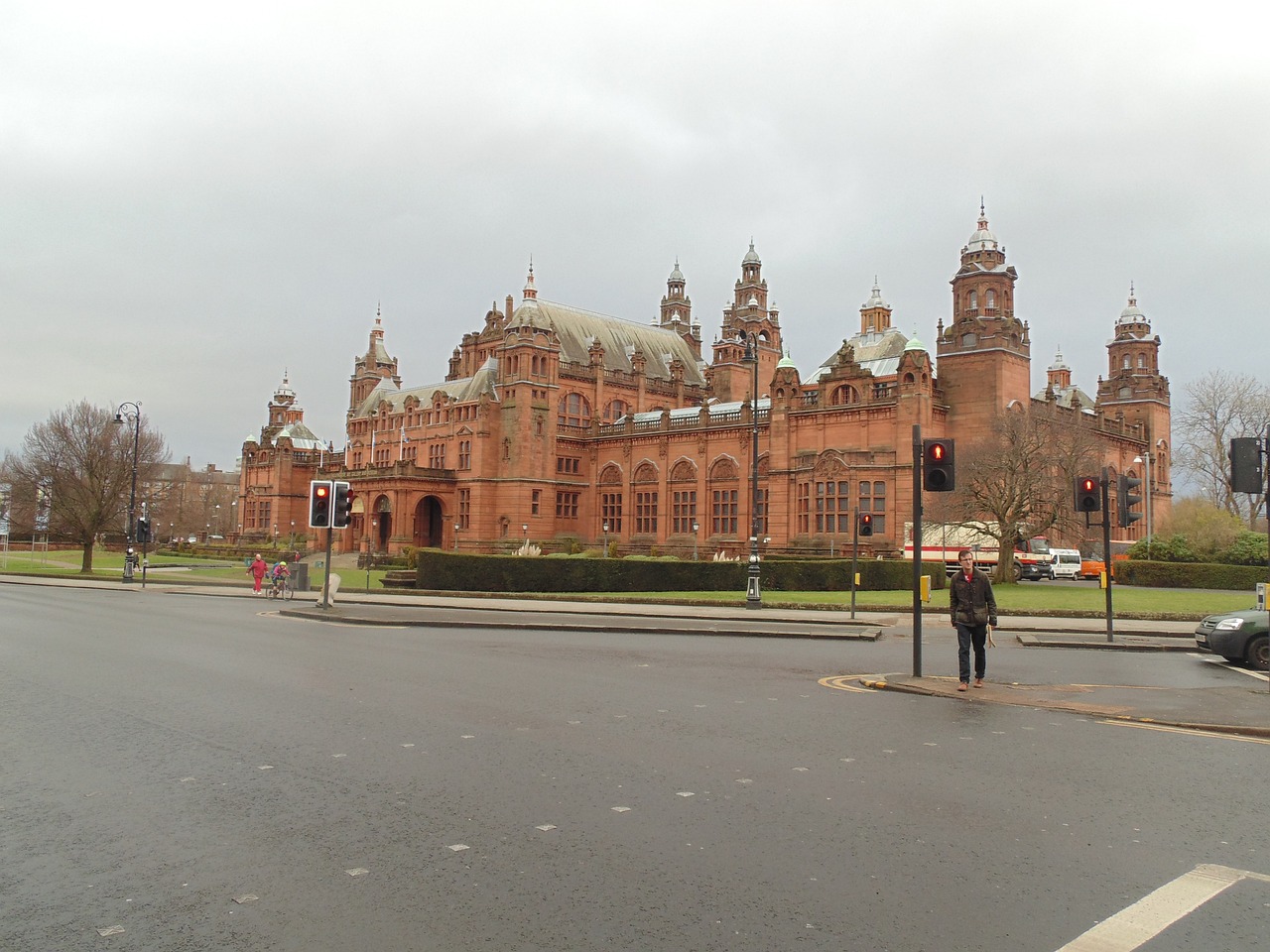Bordeaux is a city in the southwestern part of France, located in the Nouvelle-Aquitaine region. It is a port city on the Garonne River and is known for its wine production, beautiful architecture, and rich history. Bordeaux is a UNESCO World Heritage site and is considered one of the most beautiful cities in France.
Bordeaux is often compared to Paris, as both cities are known for their beautiful architecture, valuable history, and wine culture. However, Bordeaux offers a more laid-back and relaxed atmosphere compared to the fast-paced lifestyle of Paris. Additionally, Bordeaux is known for its location at the heart of the world-renowned Bordeaux wine region, while Paris is known for its iconic landmarks such as the Eiffel Tower and Notre-Dame Cathedral. Overall, both cities have their unique charms and are worth visiting for different reasons.
Short History
The area of Bordeaux has been inhabited since prehistoric times, with Celtic tribes living in the region before it was conquered by the Romans. During the Middle Ages, Bordeaux became an important center for trade, particularly in wine. The city’s location on the Garonne River made it an ideal port for exporting wine to other parts of Europe. In the 18th century, Bordeaux underwent a period of significant growth and expansion, with many of its iconic buildings constructed during this time. Today, Bordeaux is considered one of the world’s top wine destinations.
Architecture
Bordeaux is known for its exceptional architecture and is recognized for its unique urban and architectural ensemble. The city boasts a diverse range of architectural styles, from medieval to contemporary, but is most famous for its 18th-century neoclassical buildings. Here are some of the architectural styles found in Bordeaux:
- Gothic: Many of Bordeaux’s oldest buildings, including Saint-André Cathedral and Saint-Michel Basilica, were built in the Gothic style in the 14th and 15th centuries.
- Renaissance: During the 16th century, Bordeaux experienced a flourishing of Renaissance architecture, which can be seen in the ornate façades and sculptural details of buildings such as the Palais Gallien and the Hôtel de Ville.
- Neoclassical: In the 18th century, Bordeaux underwent a major urban renewal, during which many of the city’s most iconic buildings were constructed in the neoclassical style. These include the Grand Théâtre de Bordeaux, the Place de la Bourse, and the Hôtel de la Préfecture.
- Art Nouveau: In the late 19th and early 20th centuries, the Art Nouveau movement brought a new style to Bordeaux, characterized by decorative flourishes and organic motifs. Examples of Art Nouveau architecture in Bordeaux include the Musée des Arts Décoratifs and the Villa Primrose.
- Contemporary: In recent years, Bordeaux has embraced contemporary architecture, with notable examples including the Jacques Chaban-Delmas Bridge, the Cité du Vin museum, and the MECA cultural center.
These various architectural styles blend together to create the unique and stunning cityscape of Bordeaux, attracting visitors from all over the world.
Museums and Galleries
There are several museums and galleries in Bordeaux that showcase its history, art, and culture. Here are some of the most interesting ones:
- Musée d’Aquitaine: This museum showcases the history and culture of the Aquitaine region, from prehistoric times to the present day. It has an impressive collection of artifacts, including Gallo-Roman sculptures and medieval manuscripts.
- CAPC Musée d’Art Contemporain de Bordeaux: This contemporary art museum is housed in a former warehouse, and its collection includes works by famous artists such as Andy Warhol, Joseph Beuys, and Anselm Kiefer.
- Musée des Beaux-Arts: This museum has a vast collection of paintings, sculptures, and decorative arts, including works by Rembrandt, Rubens, and Renoir.
- La Cité du Vin: This museum is dedicated to the history and culture of wine, and includes exhibits on the science and art of winemaking, as well as tastings and workshops.
- Musée National des Douanes: This museum showcases the history of customs and excise in France, with exhibits on smuggling, contraband, and the role of customs officers.
- Musée Mer Marine: This maritime museum opened in 2021 and features exhibits on the history of seafaring and exploration, as well as contemporary issues affecting the ocean.
- Musée de la Création Franche: This museum features works by outsider artists and self-taught creators, including sculptures, paintings, and installations.
Overall, visitors to the city can explore everything from ancient artifacts to contemporary art, and learn about the city’s role in wine production and customs enforcement.
Landmarks and Monuments
Bordeaux’s landmarks and monuments are a testament to the city’s history and architectural heritage. Here are some of the most interesting landmarks and monuments to see in Bordeaux:
- Place de la Bourse: This square, also known as the Place Royale, features the impressive Water Mirror, which reflects the stunning 18th-century architecture of the square.
- Grand Théâtre de Bordeaux: This ornate 18th-century theater is one of the most impressive examples of neoclassical architecture in France and is still used for performances today.
- Basilique Saint-Michel: This Gothic church is notable for its impressive bell tower, which offers stunning views of the city from the top.
- Porte Cailhau: This 15th-century gate was once the entrance to the city and is now a popular tourist attraction due to its ornate decorations.
- Pont de Pierre: This bridge, which spans the Garonne River, was commissioned by Napoleon and is notable for its 17 arches.
- Cathédrale Saint-André: This cathedral, located in the heart of the city, features a mix of Romanesque and Gothic architecture and is notable for its impressive organ.
- Grosse Cloche de Bordeaux: This 15th-century bell tower is a symbol of the city and is located in the historic Saint-Pierre district.
From stunning Gothic churches to neoclassical theaters and ornate gates, there is much to see and explore in this beautiful city.
Parks and Green Spaces
Bordeaux offers a variety of beautiful parks and green spaces for visitors to enjoy:
- Jardin Public: Located in the heart of Bordeaux, Jardin Public is a beautiful park that dates back to the 18th century. It features a large pond, walking paths, and an impressive collection of plants and flowers.
- Parc Bordelais: This large park covers over 28 hectares and is a popular spot for jogging, picnics, and family outings. It features walking paths, playgrounds, a lake, and even a mini-golf course.
- Place des Quinconces: Although not technically a park, this large public square is one of the largest in Europe and features beautiful fountains, statues, and manicured gardens. It’s a great place to relax and people-watch.
- Darwin Ecosysteme: This unique urban park is located on the site of an old military barracks and features community gardens, a skate park, and even a restaurant made from shipping containers. It’s a great place to see how sustainable living can be integrated into an urban environment.
- Bois de Bordeaux: This large forested area is located just outside the city and features walking trails, picnic areas, and a small lake. It’s a peaceful escape from the hustle and bustle of the city.
- Parc des Angéliques: Located on the banks of the Garonne River, this park offers beautiful views of the water and the city skyline. It features walking paths, playgrounds, and even a small beach.
- Le Jardin Botanique de Bordeaux: This botanical garden is home to over 3,000 plant species and features themed gardens such as a rose garden and a Japanese garden. It’s a great place to learn about the local flora and fauna.
Whether you’re looking for a peaceful escape or a place to picnic with family and friends, there’s a park for everyone. From the historic Jardin Public to the unique Darwin Ecosysteme, these parks showcase the beauty and diversity of the city’s natural environment.
Beaches
There are no beaches in Bordeaux itself as it is located inland, away from the coast. However, there are several beaches nearby that are worth visiting:
- Plage du Grand Crohot: Located on the Atlantic coast, this is one of the most popular beaches in the area. It is known for its clear waters and long stretches of sand.
- Plage de la Dune du Pilat: This is the largest sand dune in Europe, and it’s located near the town of Arcachon. Visitors can climb to the top of the dune and enjoy panoramic views of the coastline.
- Plage de la Corniche: This beach is located in the city of La Teste-de-Buch and is known for its beautiful scenery and calm waters.
- Plage du Porge: This beach is a bit further north and is popular with surfers due to its strong waves.
- Plage de Lacanau: This beach is also popular with surfers and is known for its long, wide stretches of sand.
- Plage de Montalivet: This beach is located in the Médoc region and is known for its picturesque dunes and clear waters.
- Plage de Soulac: This beach is located near the Gironde estuary and is known for its charming town and historic lighthouse.
- Plage de la Hume: This beach is located on the Bassin d’Arcachon and is popular with families due to its calm waters and playgrounds.
- Plage de l’Aiguillon: This beach is located near the town of La Tremblade and is known for its scenic views and historic fishing huts.
- Plage de la Côte des Basques: This beach is located in the town of Biarritz and is known for its stunning cliffs and strong waves, making it popular with surfers.
Shopping Districts
Bordeaux has a diverse range of shopping districts, catering to all kinds of shoppers:
- Rue Sainte-Catherine: This is one of the busiest shopping streets in Europe and a must-visit for shopaholics. You can find almost everything you need here, from high-end brands to affordable fashion.
- Les Grands Hommes: Located in the heart of Bordeaux, this shopping district offers a mix of high-end and luxury brands, as well as some independent boutiques.
- Quai des Marques: This is an outlet mall located in the Bassins à Flot area, offering a wide range of fashion and lifestyle brands at discounted prices.
- Rue du Pas-Saint-Georges: This charming street is lined with artisanal boutiques, art galleries, and vintage shops, perfect for those looking for unique and one-of-a-kind pieces.
- Marché des Capucins: This is Bordeaux’s largest indoor market, offering a variety of fresh produce, seafood, cheese, and wine. It’s a great place to shop for local products and to experience the city’s culinary scene.
- Les Chartrons: This neighborhood is known for its antique shops and art galleries, making it the perfect place for art and vintage enthusiasts.
From luxury brands to local markets, there’s something for everyone. Don’t miss the opportunity to explore these areas and discover unique finds in the city.
Food and Drink
Bordeaux is famous for its wine, but there are many other food and drink specialties that visitors should try. Here are some of the must-try dishes and drinks in Bordeaux:
- Wine – Bordeaux is one of the most famous wine regions in the world, so be sure to try some of the local wines, including reds like Cabernet Sauvignon and Merlot, and whites like Sauvignon Blanc and Semillon.
- Canelés – These small, caramelized cakes are a specialty of Bordeaux. They are made with rum and vanilla and have a crispy exterior and a soft, custard-like interior.
- Oysters – The Bay of Arcachon, located just outside of Bordeaux, is known for its oysters. They are typically served raw with lemon juice and bread.
- Entrecôte à la bordelaise – This is a steak dish that is cooked with shallots, red wine, and bone marrow. It is typically served with fries or potatoes.
- Pastis – This anise-flavored liqueur is a popular drink in the south of France, including in Bordeaux. It is typically served with water and ice.
- Foie gras – This dish is made from the liver of a duck or goose and is typically served as an appetizer. It is often accompanied by a sweet wine from the Bordeaux region.
- Côte de boeuf – This is a bone-in rib steak that is typically shared between two people. It is usually served with potatoes and vegetables.
- Armagnac – This is a type of brandy that is produced in the south-west of France, including in Bordeaux. It is typically served as a digestif after a meal.
- Macarons – These delicate French cookies are a popular dessert in Bordeaux. They come in a variety of flavors, including chocolate, raspberry, and pistachio.
- Sauternes – This is a sweet wine from the Bordeaux region that is made from grapes that have been affected by noble rot. It is typically served as a dessert wine.
Overall, Bordeaux has a rich culinary tradition that includes wine, pastries, seafood, and meat dishes. Visitors should take the time to explore the city’s markets and restaurants to discover the many delicious specialties that Bordeaux has to offer.
Transportation
Bordeaux has a well-developed public transportation system, making it easy to move around the city. Here are some of the best ways to get around Bordeaux:
- Tram: Bordeaux has an extensive tram network that covers most parts of the city. The trams are modern, efficient, and affordable.
- Bus: If you want to explore the city beyond the tram network, the buses are a good option. There are many bus routes that connect the different neighborhoods of Bordeaux.
- Bicycle: Bordeaux is a bike-friendly city, with many dedicated bike lanes and bike rental stations. Biking is a great way to explore the city at a leisurely pace.
- Walk: Bordeaux is a compact city, and many of its attractions are located within walking distance of each other. Walking is a great way to discover the city’s hidden gems.
- Car: If you prefer to drive, there are many car rental options available in Bordeaux. However, driving in the city can be challenging due to traffic and limited parking.
Overall, the best way to move around Bordeaux depends on your personal preferences and the areas you want to visit.
Safety
Bordeaux is considered a relatively safe city. However, like any other city, it is important to take precautions and be aware of your surroundings, especially at night and in areas with less foot traffic. It is also recommended to avoid leaving valuables in plain sight in parked cars, as car break-ins can occur. As with any travel destination, it is always a good idea to exercise common sense and follow local laws and customs.
Expensive or Cheap
Bordeaux is generally considered a mid-range city in terms of cost of living. Compared to other major French cities like Paris, Nice, Cannes, and Lyon, Bordeaux is less expensive. However, compared to other smaller towns in France like Lille, Strasbourg or Toulouse, it can be more expensive. The cost of living will depend on a person’s lifestyle and preferences, but in general, expect to pay more for accommodations and dining in the city center. As a popular tourist destination, some tourist activities can be pricey as well.
Best Time to Travel
The best time to visit Bordeaux, France is from May to September. During this time, the weather is warm and sunny, and there are plenty of festivals and outdoor activities to enjoy. However, keep in mind that this is peak tourist season, so accommodation and flights may be more expensive. The shoulder seasons of April and October can also be good times to visit, as the crowds are smaller and the weather is still pleasant. Winter months can be cold and rainy, but the city has plenty of indoor attractions, such as museums and galleries, that can be enjoyed year-round.
Date Ideas and Activities
Bordeaux is a city that offers a range of romantic date ideas for visitors. Here are some date ideas, activities, or experiences to enjoy in Bordeaux:
- Wine Tasting: Bordeaux is known for its world-famous wines, so why not take a wine tasting tour with your partner and explore the vineyards together?
- Walk along the Garonne River: Take a romantic stroll along the Garonne River, where you can admire the city’s architecture and enjoy the views of the water.
- Visit the Place de la Bourse: The Place de la Bourse is a beautiful square in the heart of Bordeaux, known for its stunning reflection pool and the impressive 18th-century architecture of the surrounding buildings.
- Take a Hot Air Balloon Ride: See Bordeaux from a different perspective and take a hot air balloon ride over the city and the vineyards.
- Explore the city’s parks and gardens: Bordeaux has a number of beautiful parks and gardens, including the Jardin Public, which is perfect for a romantic picnic or stroll.
- Visit the Cité du Vin: The Cité du Vin is a museum dedicated to wine and is a must-visit for wine lovers. It includes an immersive wine experience and tasting sessions.
- Go on a River Cruise: Take a river cruise on the Garonne River, where you can enjoy the stunning views of the city and the surrounding vineyards.
- Visit the Musée d’Aquitaine: The Musée d’Aquitaine is a fascinating museum that showcases the history and culture of the region, including artifacts from prehistoric times to the present day.
- Take a cooking class: Learn to cook some traditional French dishes with your partner at one of the many cooking classes offered in Bordeaux.
- Attend a Music Festival: Bordeaux hosts a number of music festivals throughout the year, including the Bordeaux Wine Festival and the Bordeaux Open Air Festival.
Overall, whether you’re a wine lover or history buff, there’s something for everyone in this charming French city.
Fun and Interesting Facts
Bordeaux is a charming and historic city. Here are some fun and interesting facts about Bordeaux that you might not know:
- Bordeaux is one of the largest wine-growing regions in the world, producing over 700 million bottles of wine every year.
- The historic district of Bordeaux, known as the Port of the Moon, is a UNESCO World Heritage Site.
- The Place de la Bourse is one of the most iconic landmarks in Bordeaux, featuring the famous water mirror reflecting pool.
- The Bordeaux Wine Festival is one of the largest and most popular wine events in the world, attracting over half a million visitors each year.
- The Cité du Vin is a unique museum dedicated to the history and culture of wine, featuring interactive exhibits and wine tastings.
- Bordeaux is home to the longest pedestrian shopping street in Europe, the Rue Sainte-Catherine, which is over 1.2 km long.
- The city of Bordeaux has over 350 historical monuments and landmarks, including the Saint-André Cathedral and the Basilica of Saint Michael.
- The Garonne River, which runs through Bordeaux, is one of the longest and most important rivers in France.
- Bordeaux is known for its rich culinary heritage, featuring traditional dishes such as foie gras, confit de canard, and escargots.
- Bordeaux is a bike-friendly city, with over 200 km of bike paths and numerous bike rental services available.
From exploring the charming streets of the historic district to indulging in a wine tasting at a local chateau, Bordeaux is a destination that is sure to leave a lasting impression on visitors.
Conclusion
Bordeaux is a fascinating city in southwestern France, renowned for its history, architecture, wine, and vibrant cultural scene. With a history that dates back centuries, Bordeaux has a wealth of landmarks, museums, and galleries that offer insight into its past and present. Its many parks and green spaces make it a great destination for outdoor enthusiasts, while its proximity to some of France’s most beautiful beaches and scenic landscapes make it a popular destination for tourists.
Food and wine lovers will find plenty to enjoy in Bordeaux, which is known for its exceptional cuisine and world-renowned wines. The city also boasts a lively nightlife scene, with numerous bars, clubs, and music venues to explore.
Overall, Bordeaux is a dynamic and welcoming city that offers something for everyone, whether you’re interested in history, culture, outdoor activities, or simply enjoying great food and wine. With its many attractions, it’s no wonder that Bordeaux is considered one of France’s most beloved destinations.



